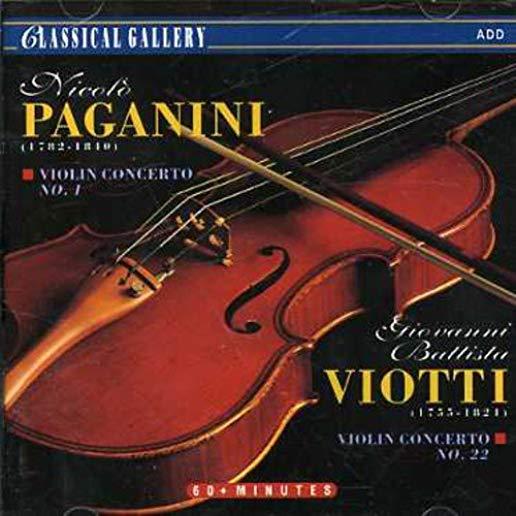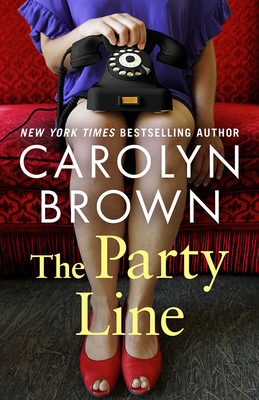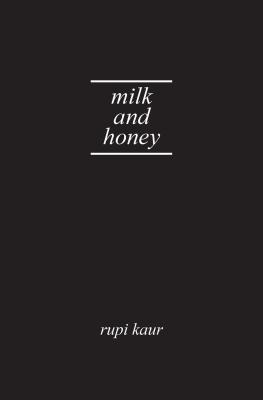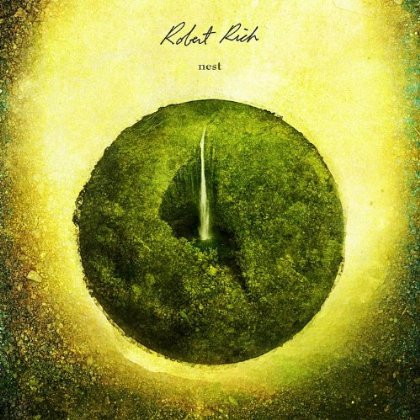
description
2"Never has medical history been more entertaining" (Dr Jennifer Gunter, author of The Vagina Bible) than in this turbulent history of women's bodies from classical Greece to the modern age Breasts, clitoris, hymen, and womb. Across history, these body parts have told women who they are and what they should do. Although knowledge of each part has changed through time, none of them tells a simple story. The way they work and in some cases even their existence have been debated. They can be seen as powerful or as disgusting, as relevant only to reproduction or as sources of sexual pleasure. In Immaculate Forms, classicist and historian Helen King explores the symbiotic relationship between religion and medicine and their twinned history of gatekeeping over these key organs that have been used to define "woman," illustrating how conceptions of women's bodies have owed more to imagination and myth than to observation and science. Throughout history, the way we understand the body has always been debated, and it is still shaped by human intervention and read according to cultural interpretations. Astute and engaging, Immaculate Forms is for everyone who has wondered what history has to say about today's raging debates over the human body and who is "really" female.
member goods
No member items were found under this heading.
listens & views

PAGANINI: VLN CTO NO 1 ...
by PAGANINI / CERKOV / MUNICH SYM ORCH / CAPEK
COMPACT DISCout of stock
$8.49
Return Policy
All sales are final
Shipping
No special shipping considerations available.
Shipping fees determined at checkout.






